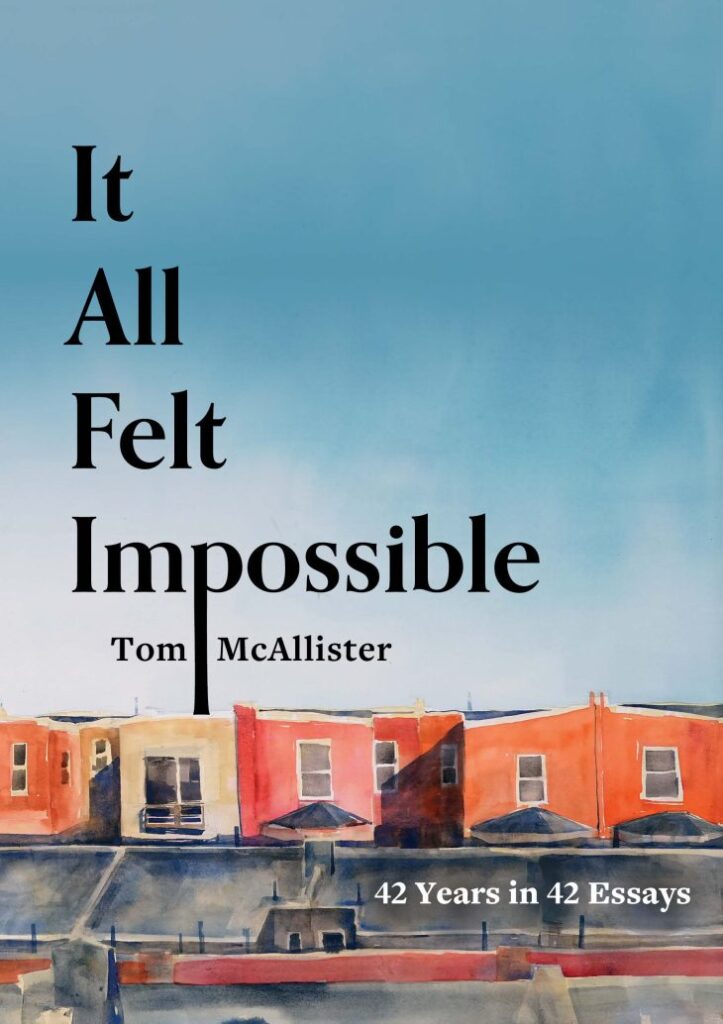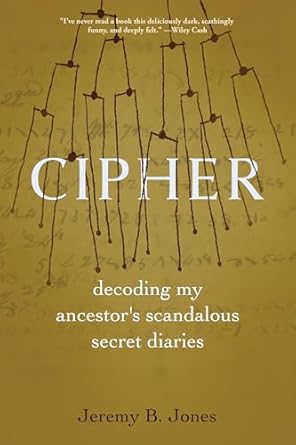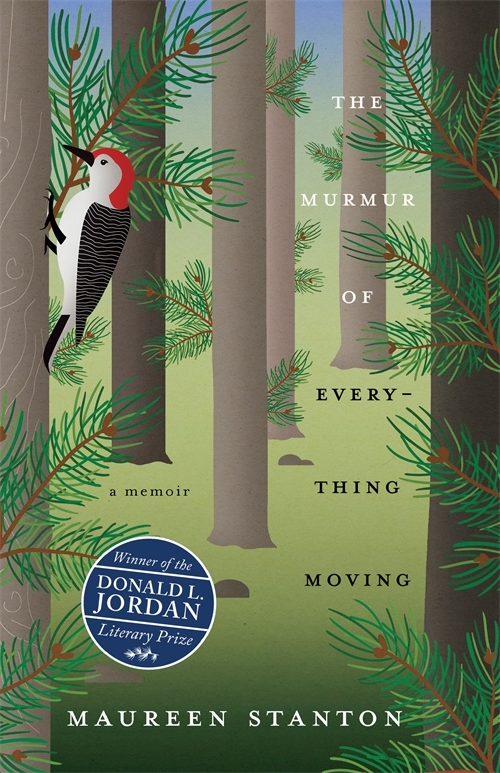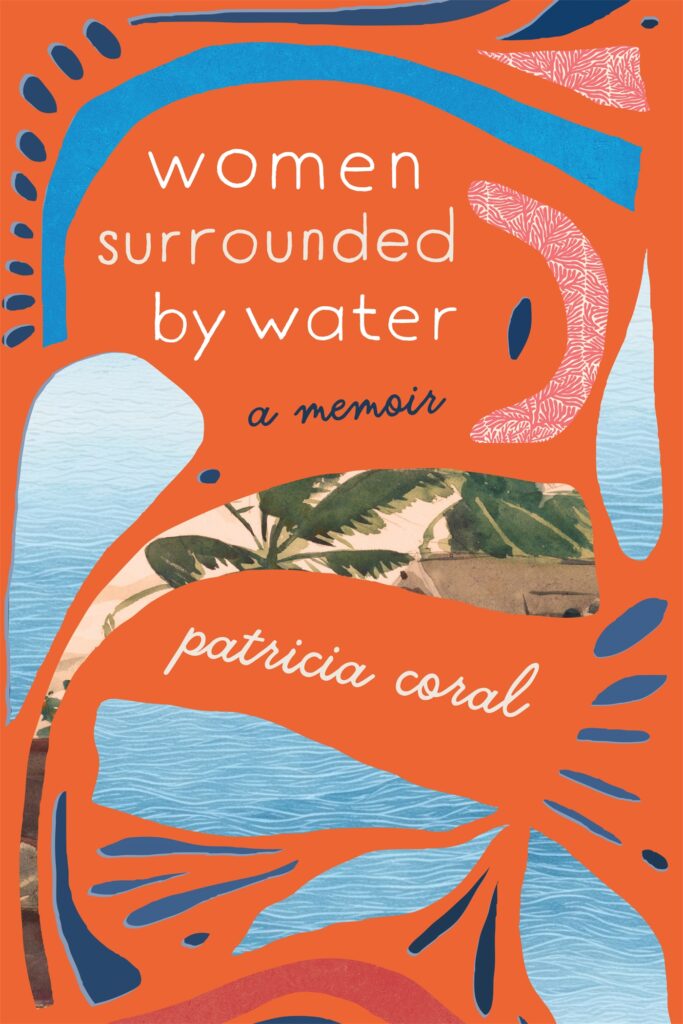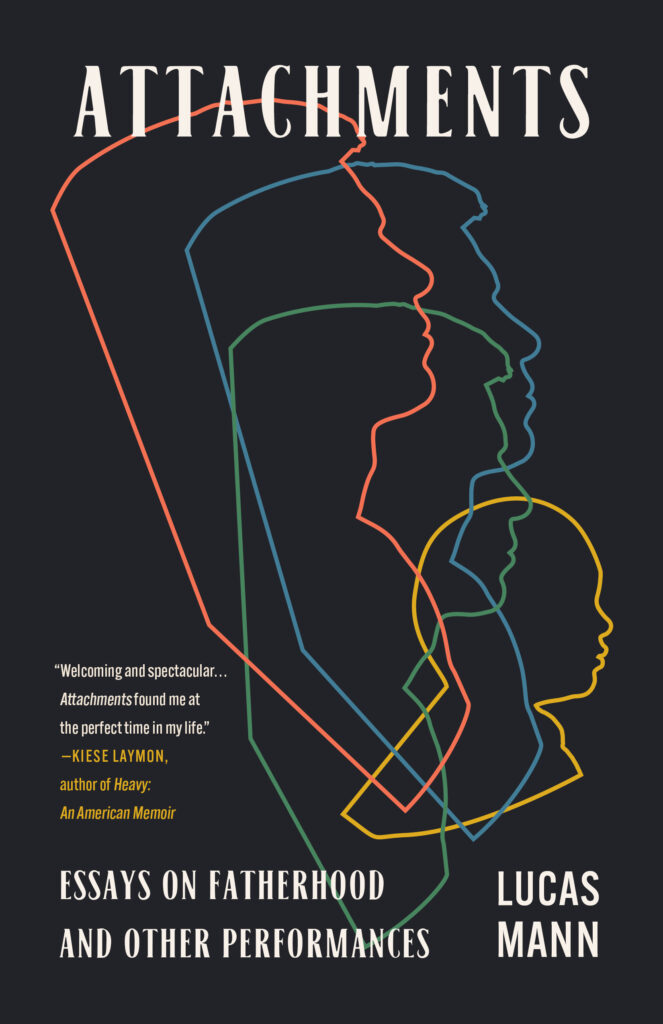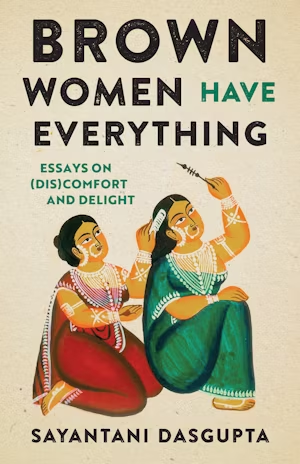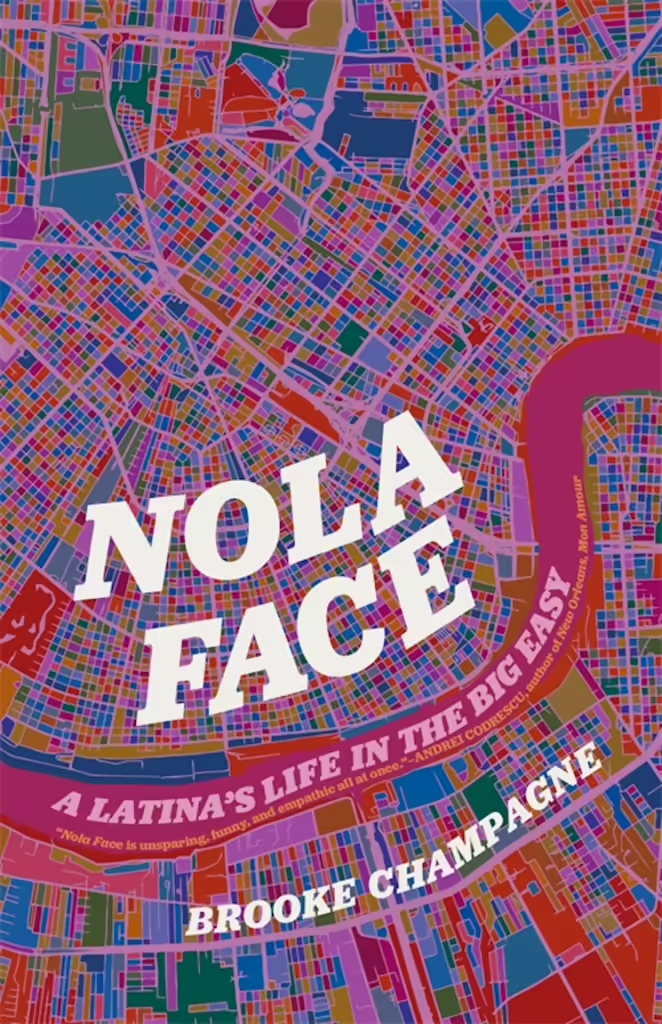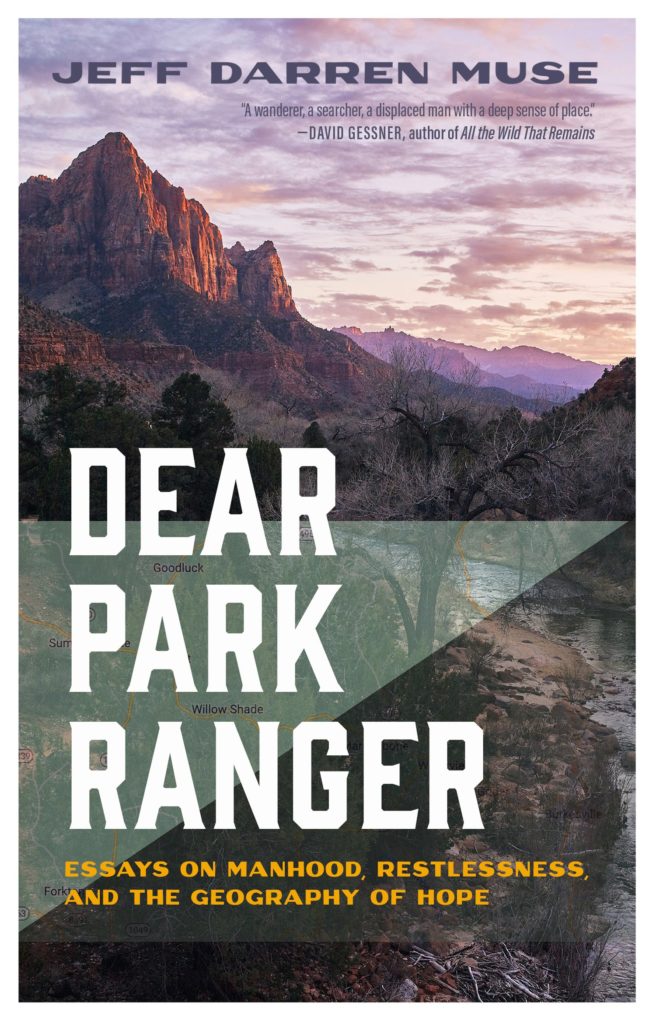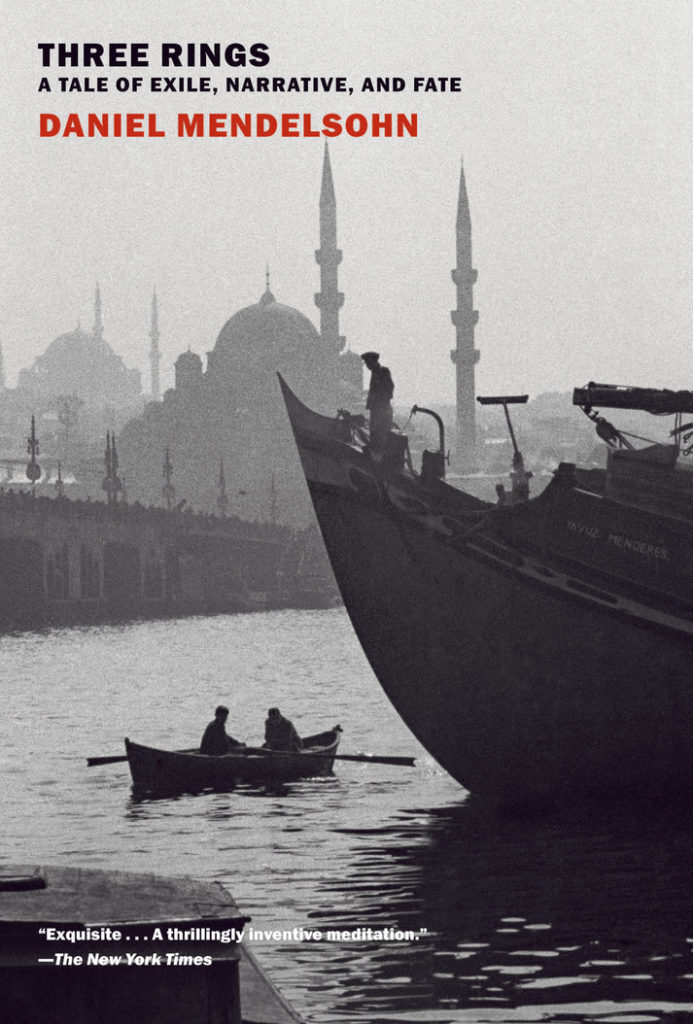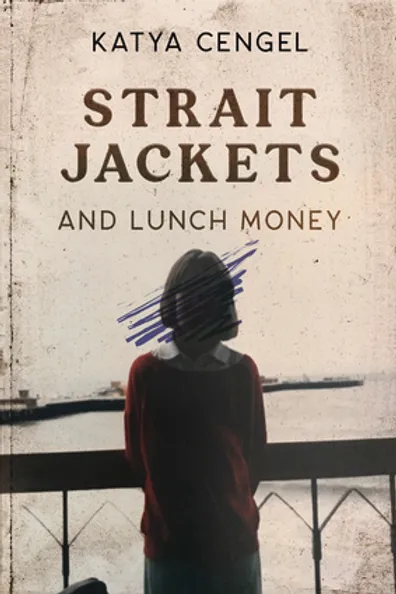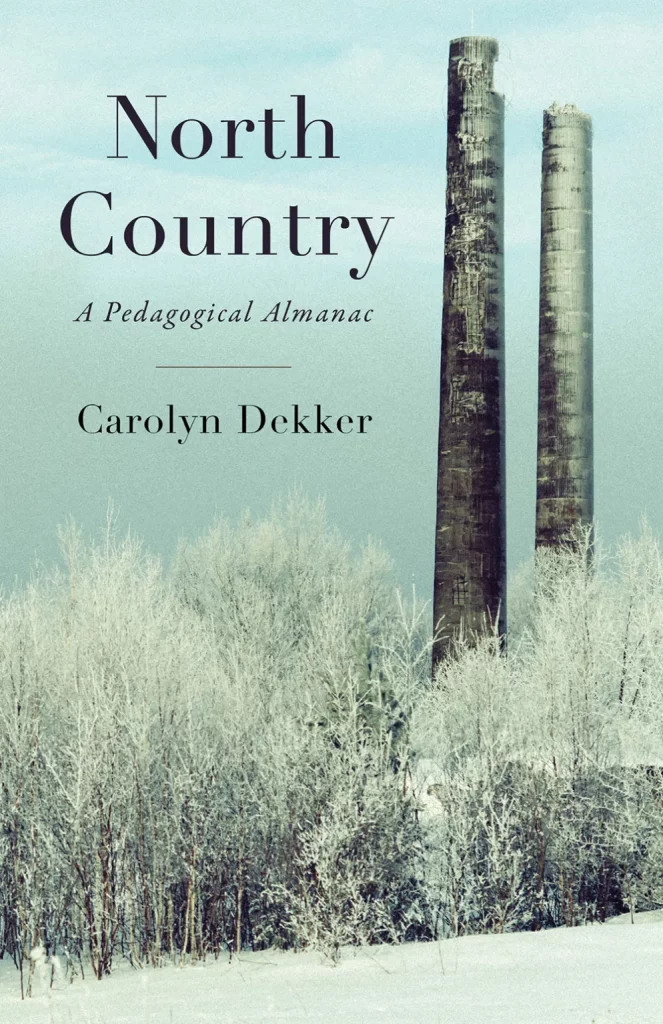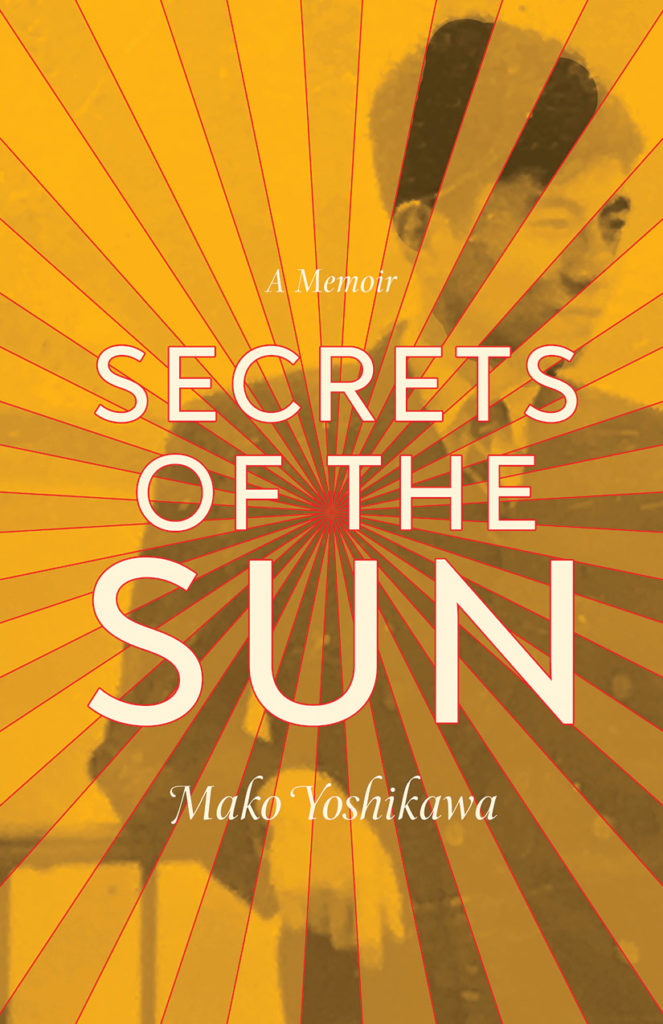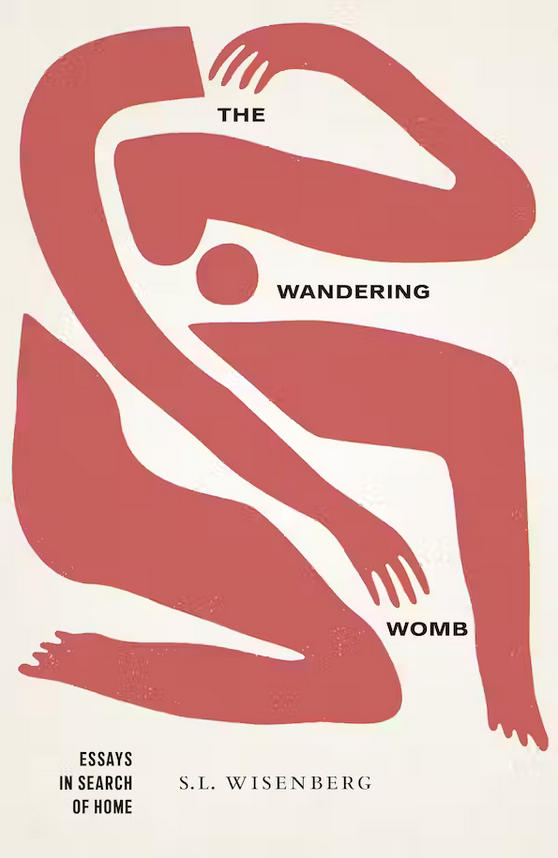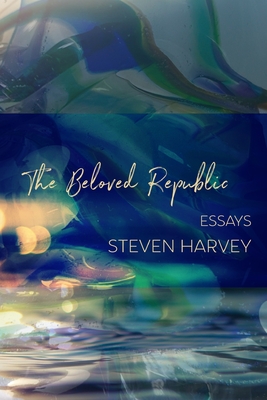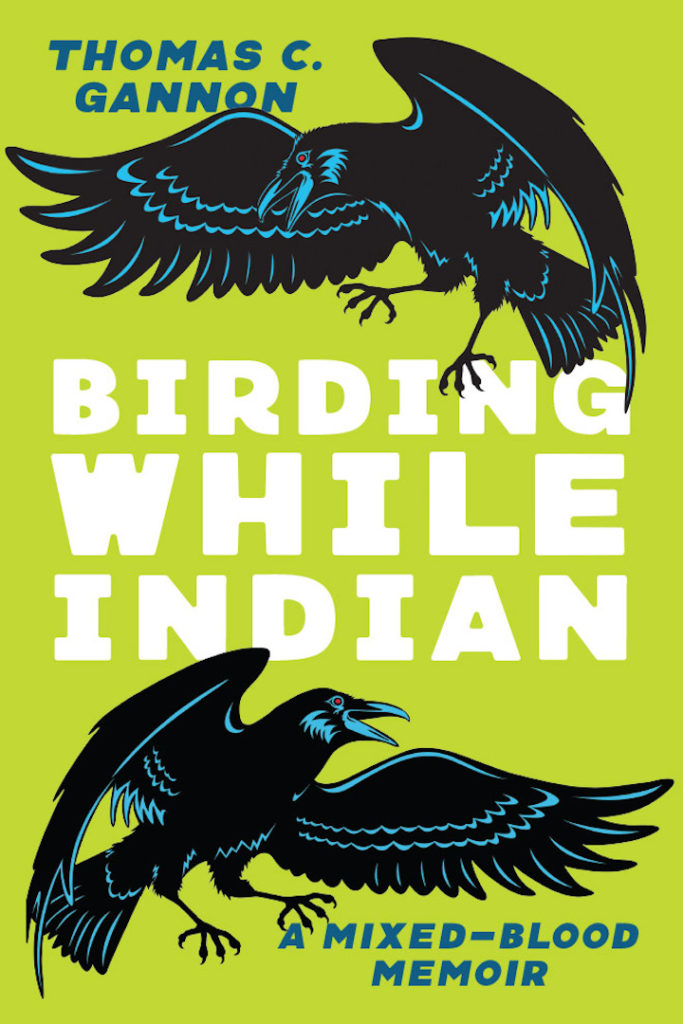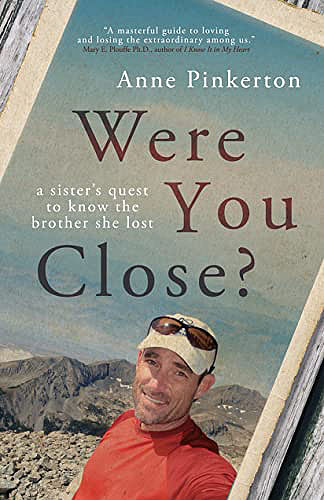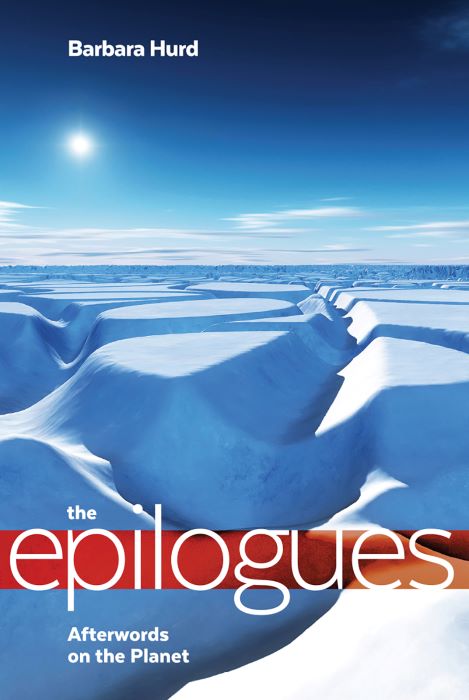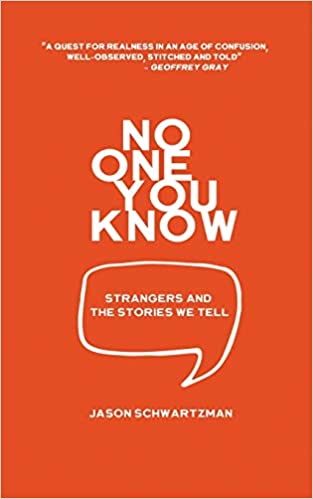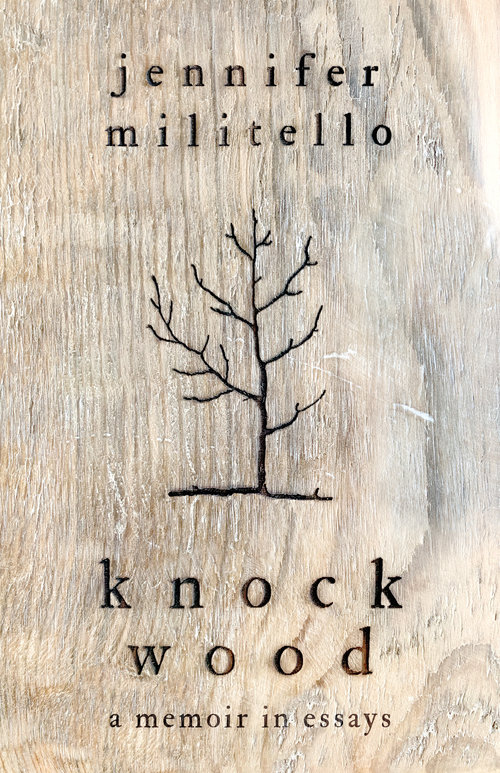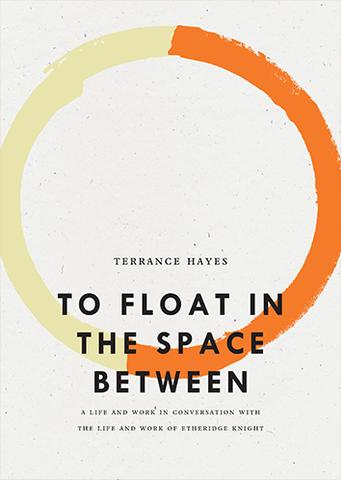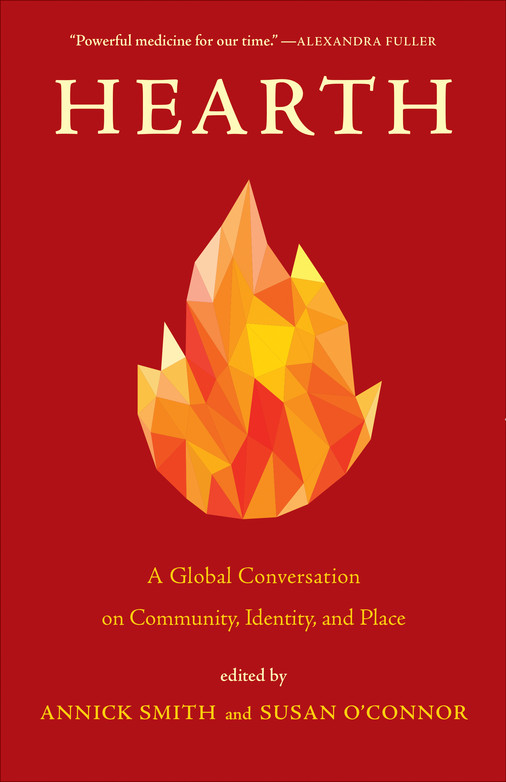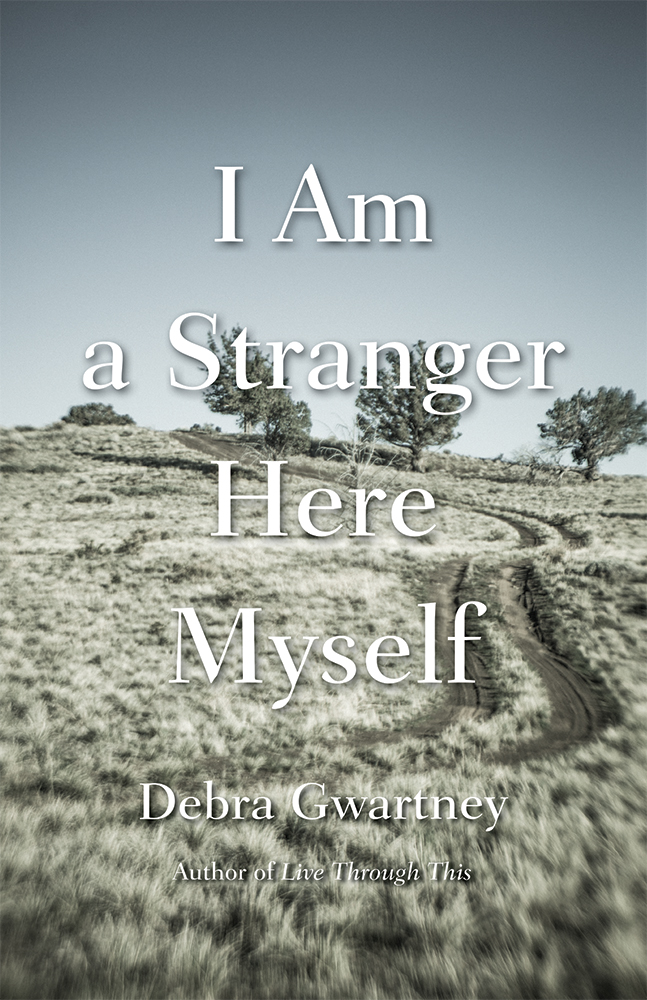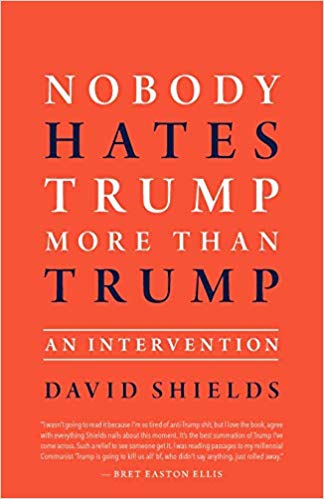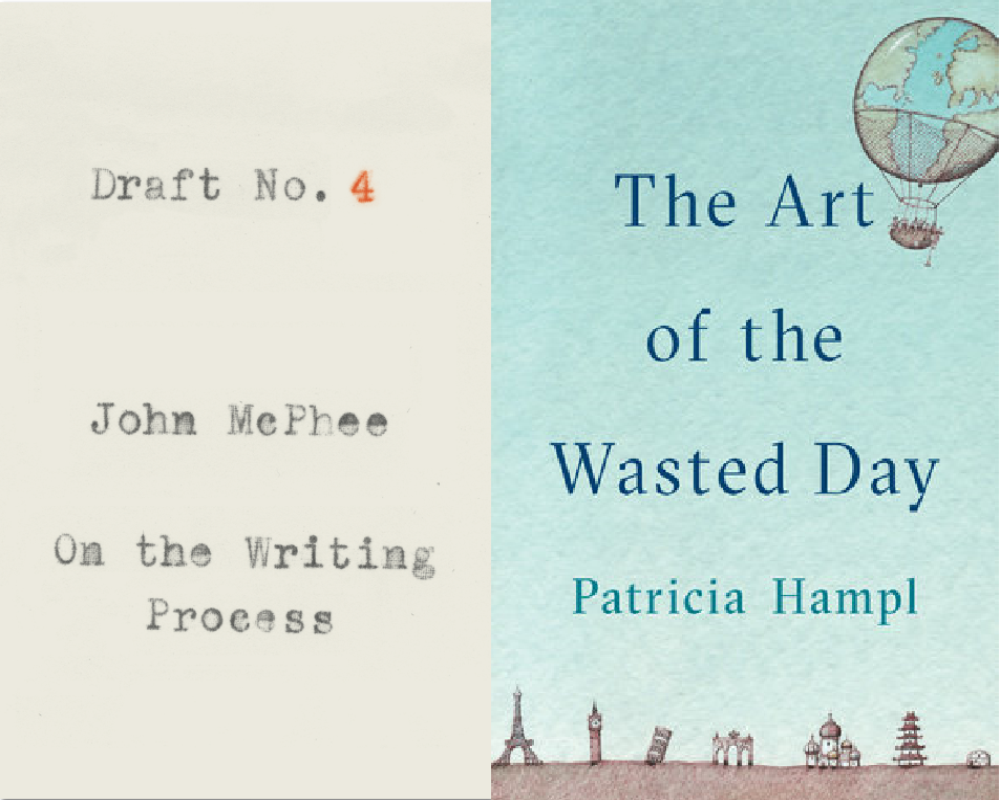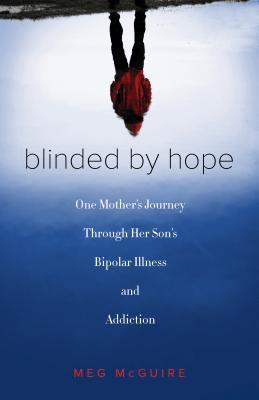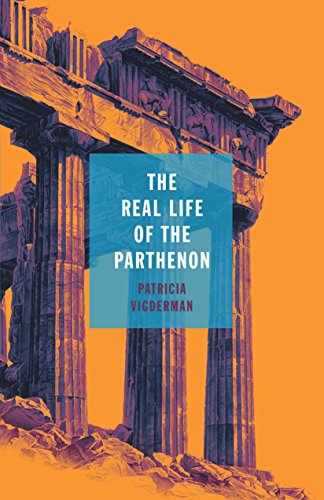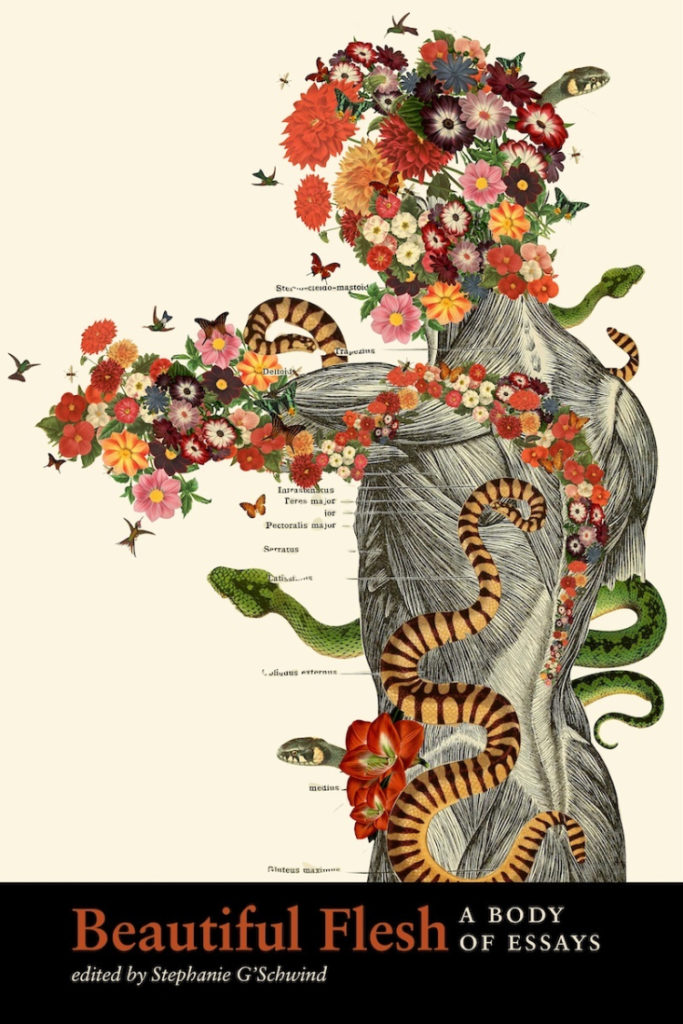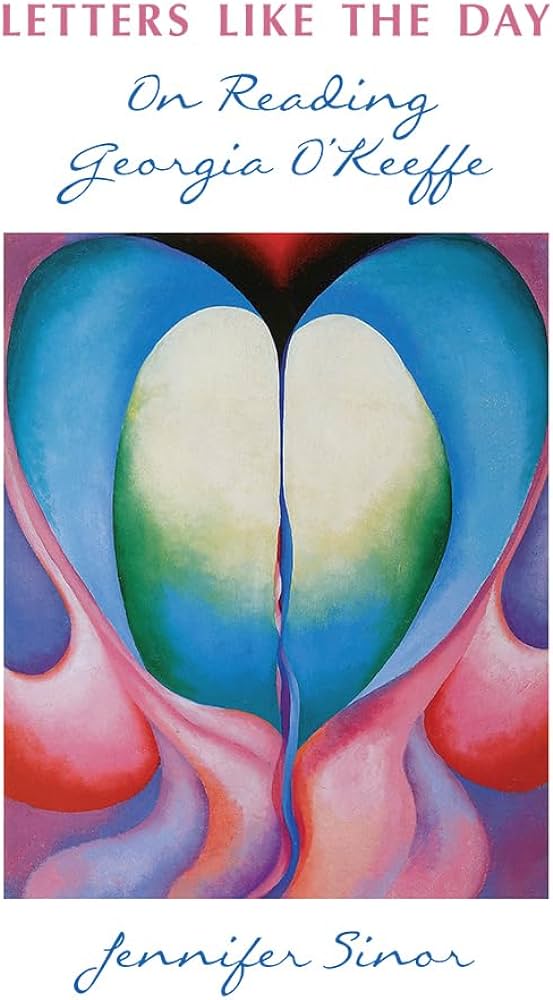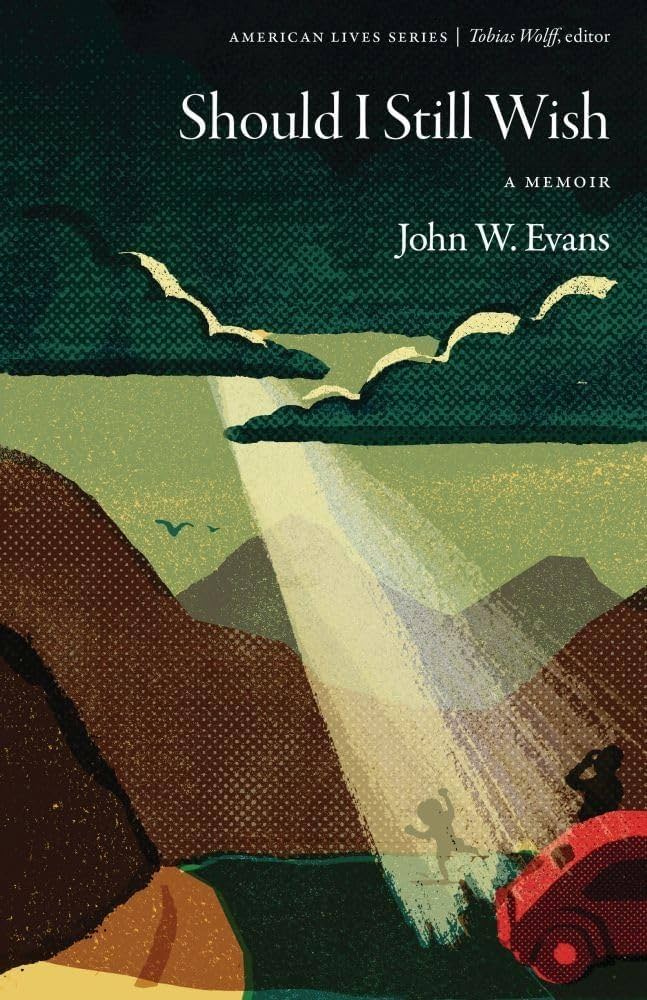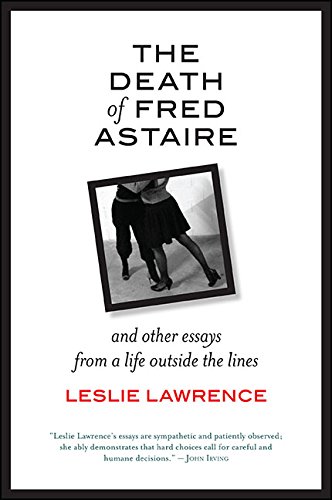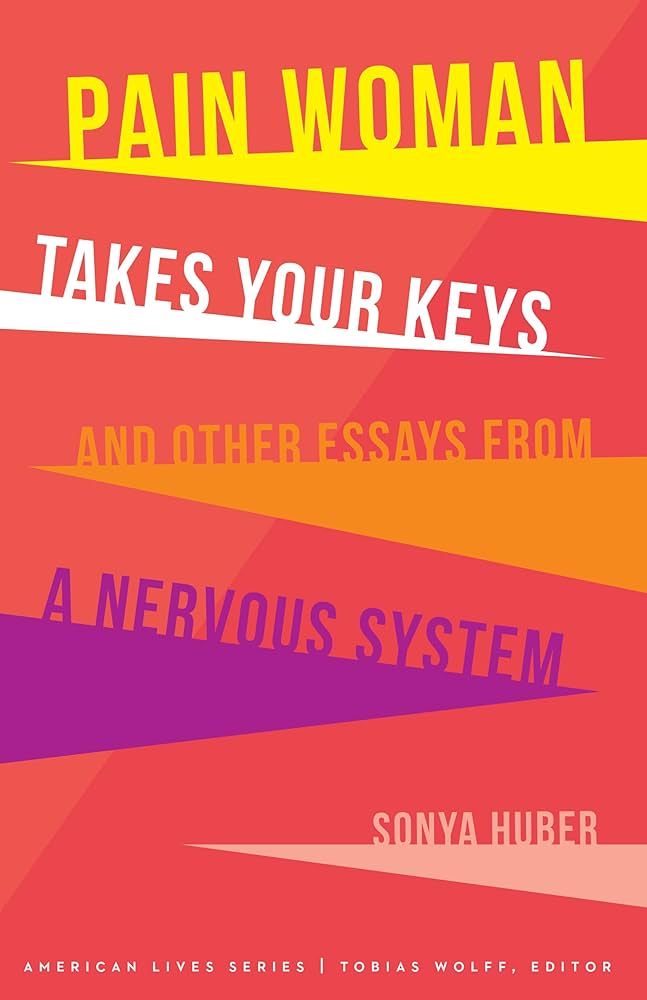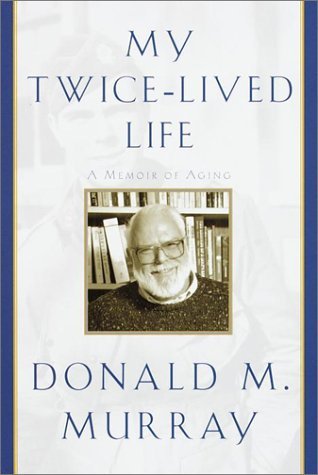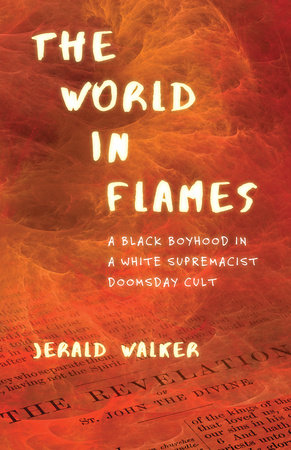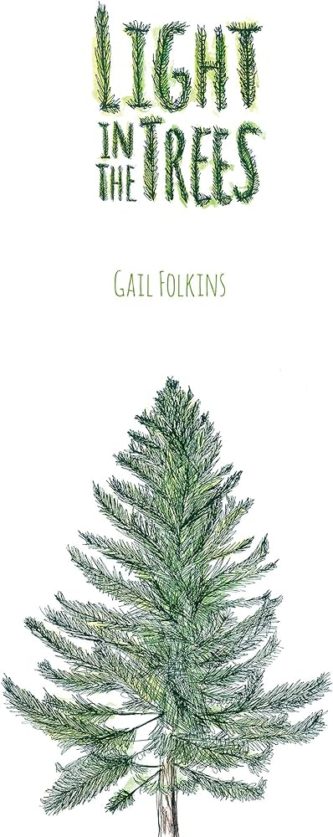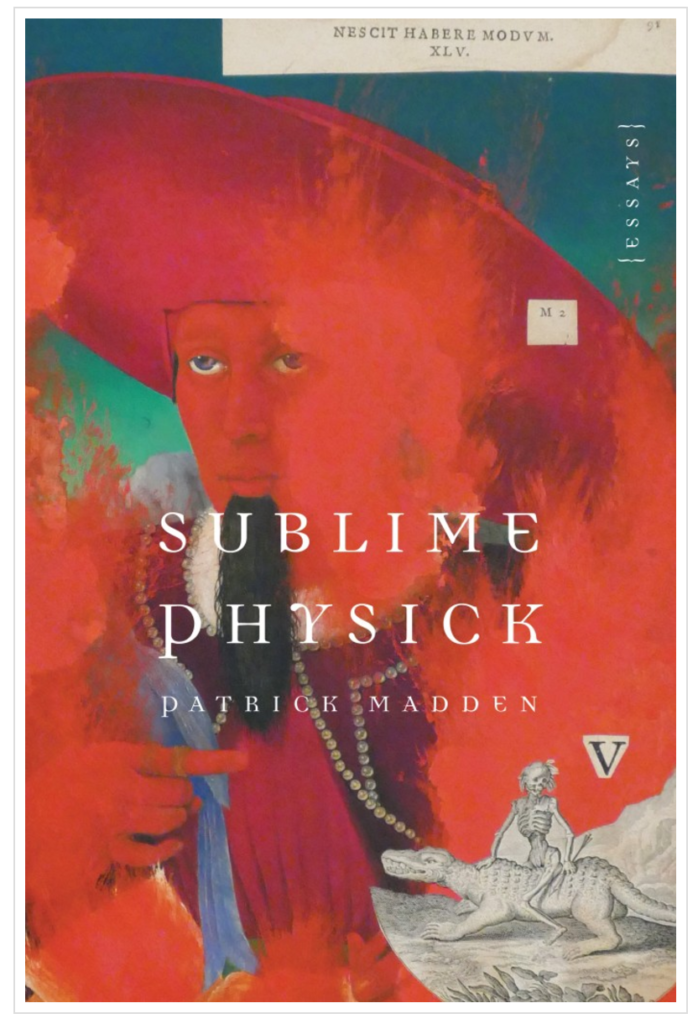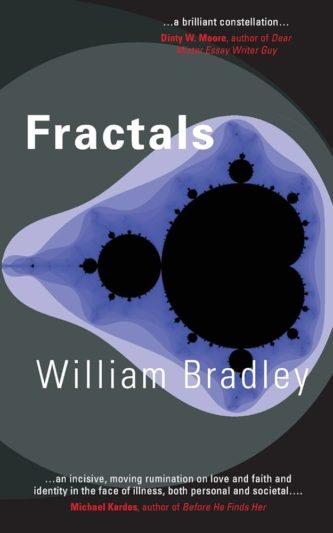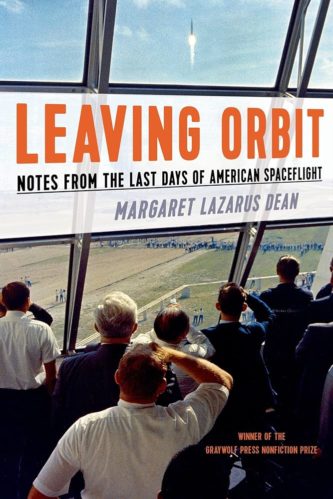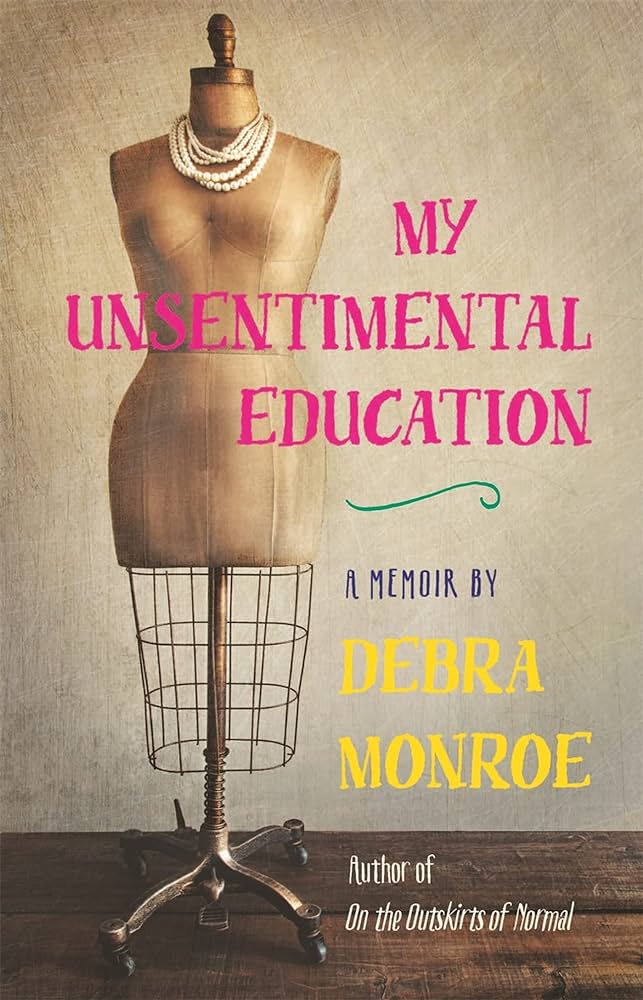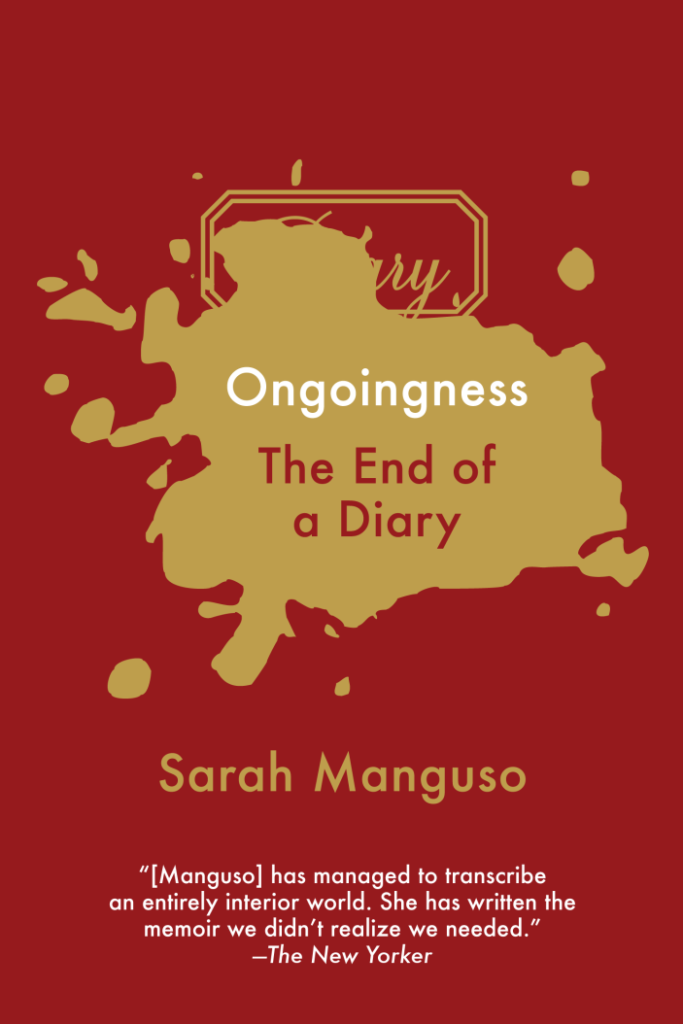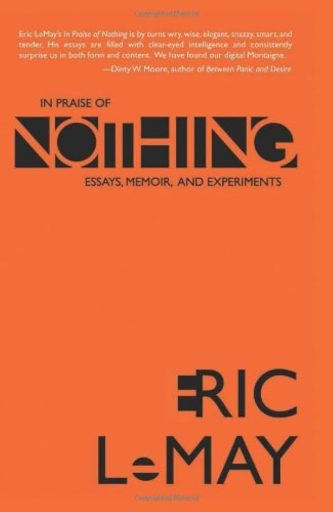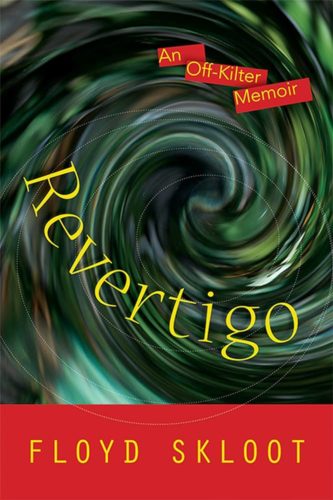By Robert Root
on The Way of Imagination by Scott Russell Sanders
I began reading the essays of Scott Russell Sanders when I encountered “The Inheritance of Tools” in The Best American Essays 1987. I’ve collected his books of essays ever since and, as a life-long resident of Great Lakes states, have felt a strong sense of identification with works like Secrets of the Universe, Staying Put: Making a Home in a Restless World, Writing From the Center, and Hunting for Hope: A Father’s Journeys. Anytime we drive south from Michigan to Indiana, I think of it as Sanders territory. It isn’t lost on me that his later books—The Force of Spirit, A Private History of Awe—are expanding in their breadth of meditative exploration while maintaining their solid narrative focus. The Way of Imagination, his most recent collection, is his most profound and necessary book yet.
“We are in trouble,” Sanders tells us in the first sentence of “Living at Midnight,” the introductory essay. “By we, I mean all of us—every tribe, every nation, rich and poor, old and young, human and non-human. Every species on Earth is at risk, but only one keeps increasing the danger, day by day.” Concerned about the ways “all the systems that support life on this blue planet” are being degraded by humans, he cites spreading deserts, melting glaciers, rising seas, collapsing fisheries, and increasingly destructive storms, floods, and wildfires. What keeps him from despair is his awareness of the creative power of imagination, to which he attributes “all the enhancements of human knowledge and well-being.”
These first pages, so rich and urgent, indicate the range of Sanders’ subject matter, the precision of his references, the power of his prose. Each essay that follows is replete with vital allusions and concrete examples; each expands an argument that is profound; each probes the problems we face (or are failing to face) and searches for the means by which we might confront and resolve them.
Sanders considers these essays as “chapters in a single inquiry,” addressing core questions about “our reckless behavior,” “our violence toward Earth linked to our violence toward one another,” and the ways we might “begin undoing the damage we have caused.” He asks, “What would a peaceful, sustainable, and just way of life look like, and how might we achieve it?” And he offers answers he hopes might serve as “small steps toward a healing vision.” He credits imagination, rather than adherence to an existing social order, with making “advances in ethical and ecological understanding, such as shifting attitudes toward birth control, gay marriage, sexual orientation, the role of predators, the role of animals, and the place of humans in the web of life.” The book abounds in such sweeping lists—Sanders’s perspective is never narrow or limited.
The essays in The Way of Imagination present the personal and the philosophical in potent combinations. Elements of memoir run through most essays—reflections on Sanders’ upbringing, his youth, his intimate surroundings. His reflections on the nature of beauty, in “Useless Beauty,” originate from the shell of a chambered nautilus, purchased at a flea market thirty years earlier by his mother. “Immersed in Mystery” begins with the memory of how his high school science project on evolution provoked someone to condemn him to hell and leads him to assert that, “our capacities for reason and imagination,” whether acquired “by natural selection or divine gift,” are “our most distinctive features.” He invites us to “welcome every insight into the vast, ancient, elegant cosmos and our own fleeting existence.”
In “Conscience and Resistance” Sanders considers the influence that the Trappist monk Thomas Merton had on his thinking, beginning, as a junior in college, with his exposure to the essay “Rain and the Rhinoceros.” His subsequent reading of Merton’s writing led him to conclude that “nature is simply this grand, evolving flow, which brings each of us into existence, bears us along, and eventually reclaims us.” Building on Merton’s vision, he asks, “How can we desecrate Earth? How can we keep from crying out in wonder and praise?”
In “A Writer’s Calling” Sanders discusses his relationship to the essay, claiming that he is unwilling to settle for information or entertainment alone in the literature he reads. He tells us, “I wish to have the doors of perception cleansed; I wish to imagine my life afresh.” His writing process is dynamic and interactive, relying on his “willingness to be changed” by what he writes, “to dive into confusion in search of greater clarity.”
Elsewhere, he has said that he writes in hope of gaining “greater insight” into an issue that puzzles him; if he feels a sense of discovery while composing, he knows “the essay is alive.” His examples of questions that have led to his essays include ones about his father’s drinking and its effect of him, the models of manhood that influenced him while he was growing up, and the place of humans in nature.
“The Infinite Extent of Our Relations,” his chapter centered on Walden, offers an intimate examination of one reader’s interaction with what is, for him, an essential and formative reading of the book. He first read the book at seventeen and wrestled with its stylistic and philosophical challenges while being inspired by its wisdom and honesty. The essay ultimately considers not only what Sanders has gained from multiple re-readings but also assesses how Walden has prepared him to understand his own times and his own life. As one who, like Sanders, has often felt the need to re-read Walden—and gotten more from it each time I have—I can’t help feeling that Sanders himself has written a book comparable to Walden in its wisdom and insight. Given where we and our planet are at the current moment, it is perhaps an even more compelling and urgent work than Thoreau’s.
Throughout the collection, the essays are bolstered by allusions to a wide range of literature, reinforcing his belief that “Every tool, invention, work of art, scientific experiment, medical discovery, and social reform begins in the mind as a question, a picture, a hunch” and that “Time and again, bold acts of imagination have given rise to profound shifts in our ethical views and social practices.”
In “Writing While the World Burns,” he cites twenty of his contemporary authors that he feels an imaginary young woman living in 2100 should read for a picture of what the world was like a century earlier—that is, the time we’re living in—writers such as Edward Abbey, Annie Dillard, Louise Erdrich, Barry Lopez, Peter Matthiessen, Leslie Marmon Silko, and Robert Michael Pyle. These are writers who “recognize that we are born from this living web, we are sustained by it while we live, we return to it when we die, and we share our astonishing transit with millions of other species.” He quotes four prime examples of this outlook by Gary Snyder, Mary Oliver, Wallace Stegner, and Barbara Kingsolver. The literary and academic contexts of these essays are rich and varied and suggestive of a broader literary perspective in which Sanders flourishes.
The final essays are considerably more personal, yet never stray from the social and ecological issues that he examines throughout the collection. “A Writer’s Calling” is revealing not only of craft but also of global issues; “True Wealth” anchors itself in his wife’s development of Parkinson’s before considering the industrial forces at work on everyone’s biology. In the last essay, “God in the Garden,” he balances his family’s struggles with their health—his wife’s illness, his son’s cancer, his own aging—with the challenges everyone faces from such formidable forces as climate change, politics, and God.
Drawing on his religious background, he examines the story of Adam and Eve in “Genesis” in contrast to his dealings with the times in which he lives: the first couple were driven from the Garden of Eden into a recognizably natural environment for their starkly human transgression, the Sanderses from their familiar home of four decades into one more serviceable by their physical needs. By recognizing both the rewards the first couple’s expulsion gave to mankind—we exist because they couldn’t stay in Eden—and the challenges to life on the planet their descendants presently face, he remains attuned to the most troubling issues of our time and, as a result, readers may align with our humble existence and its global dangers.
Referring to his opening essay, Sanders remains, if not optimistic, at least hopeful. “The earth is alive yet, despite human folly,” he tells us. “Although the atmosphere is trapping ever more heat, the sun still shines.” He takes comfort in these things. “The soil, however abused, is still fertile. And so is the human imagination, this visionary power that gets us into trouble,” he concludes, “and may, with our gathered effort, get us out again.”
The Way of Imagination by Scott Russell Sanders
Counterpoint Press
$16.95 Paperback | Buy Now
Robert Root’s books on creative nonfiction include the anthology The Fourth Genre: Contemporary Writers of/on Creative Nonfiction, co-edited with Michael Steinberg; the craft text The Nonfictionist’s Guide: On Reading and Writing Creative Nonfiction; the craft anthology Landscapes with Figures: The Nonfiction of Place; and the craft study E. B. White: The Emergence of an Essayist. A past artist in residence at three national parks, he is co-editor with Jill Burkland of The Island Within Us: Isle Royale Artists-in-Residence 1991-1998. He is the author of the travel narratives Recovering Ruth: A Biographer’s Tale, Following Isabella: Travels in Colorado Then and Now, and Walking Home Ground: In the Footsteps of Muir, Leopold, and Derleth, the essay collections Limited Sight Distance: Essays for Airwaves and Postscripts: Retrospections on Time and Place, and the memoirs Happenstance and Lineage. He lives in Wisconsin. His website is www.rootwriting.com.


